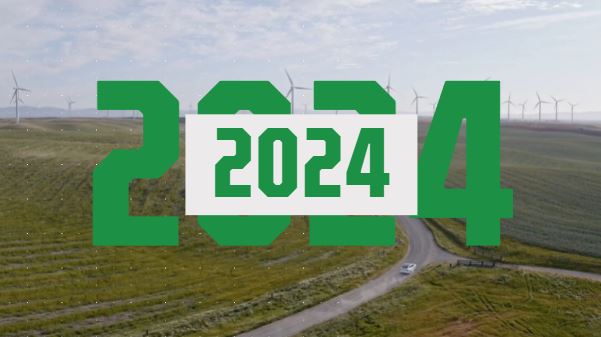“10-fold increase in licence area to secure district scale control”
European Green Metals Ltd, a critical metals exploration and development company focussed in Europe for Europe, is pleased to announce that it has acquired the 71 sq. km Olserum 22 Licence area, significantly expanding its land position around its Olserum Rare Earth Element (‘REE’) Project in Southern Sweden (‘Olserum’ or ‘the Project’). Olserum, designated a ‘Project of National Interest’ with an historical resource and proven metallurgy and recoveries, is a key focus in the Company’s strategy to build a portfolio of advanced critical minerals projects in Europe to supply the continents energy transition related industries.
OVERVIEW
- Olserum 22 covers c.71 sq. km and significantly increases EGM’s land position around its existing 6.5 sq. km Olserum licence.
- Acquisition provides district scale control in a highly prospective rapidly emerging REE district in Southern Sweden, where other international resource companies are also staking ground.
- Existing Olserum Licence has an historical 43-101 Indicated Resource of 4.5Mt grading 0.6% Total Rare Earth Oxides (‘TREO’) and an Inferred Resource of 3.3Mt grading 0.63% Total REO using a 0.4% cut-off.
- Multiple anomalies already identified on Olserum 22, with an exploration plan now being finalised.
- Sweden represents a highly supportive mining jurisdiction with established infrastructure and is close to end user markets for REE.
EGM Chief Executive Officer David Hall said, “We are delighted to have strengthened our land position at Olserum in Southern Sweden 10-fold, as we look to deepen our understanding of this highly prospective area and build a substantial REE resource inventory. Olserum 22 has already yielded highly promising targets and complements our existing Olserum Project in what we believe is a new rare earths district with potential for numerous new discoveries.
“As is increasingly apparent, the supply of critical minerals such as REE is acutely important to industry within Europe, especially those related to energy transition. Accordingly, there is an imperative need to build resource inventory and develop projects within the continent, which is currently totally dependent on imports. We are therefore extremely excited about this new REE district and are looking forward to advancing the Project area for the benefit of all stakeholders and supporting the European green energy transition.”
DETAILS
The Olserum project area is highly prospective for REEs. The Board has recognised the regional potential and has implemented a strategy to obtain district scale control. The Olserum 22 licence covers 71.21 sq. km and includes a large area south of the Company’s existing Olserum deposit and west and northwest of the town of Gamleby, where several magnetite iron oxide occurrences occur.
The original Olserum 6.5 sq. km licence is a high value Permanent Magnet REE (‘PMREE’) project, which was recently designated as a ‘Project of National Interest’ by the Swedish Geological Survey. It has an historical 43-101 Indicated Resource of 4.5Mt grading 0.6% Total Rare Earth Oxides (‘TREO’) and an Inferred Resource of 3.3Mt grading 0.63% Total REO using a 0.4% cut-off. The current resource covers a strike of 400m by 100-150m wide and is tested to a depth of 250m. Importantly, it remains open at depth and laterally and additional outcrops have already been identified on the licence suggesting continuation of the mineralised structure. Preliminary beneficiation testwork achieved 80% recoveries of REE. REE-bearing minerals, monazite and xenotime, and apatite were successfully enriched from the concentrations of 0.6%, 0.31% and 2.6% with the recoveries of 79.0%, 81.3% and 71.0%, respectively.
REEs across the Olserum District have a close association with magnetite. The Company has a defined plan to prospecting these additional occurrences across Olserum 22 to determine the extent of the regional Iron Oxide-Apatite-REE (‘IOA-REE’) hydrothermal system, which is responsible for REE mineralisation in the district. Reprocessed regional airborne magnetic data clearly indicates several structures and magnetic anomalies that will be evaluated. As shown by many other deposits that fit the IOCG and deep IOA-REE deposit models, mineralisation is often hosted in shear zones and major structures. The EGM team will focus on these along with a combination of other factors to guide further exploration. The Company conducts all its exploration and work programmes to international ESG standards and carefully considers all sensitivities with regards to potential socio/political and geological implications.
Figure 1 (below): Map of the Company’s enlarged permit area at the Olserum Project showing mineral occurrences and inferred structures.






